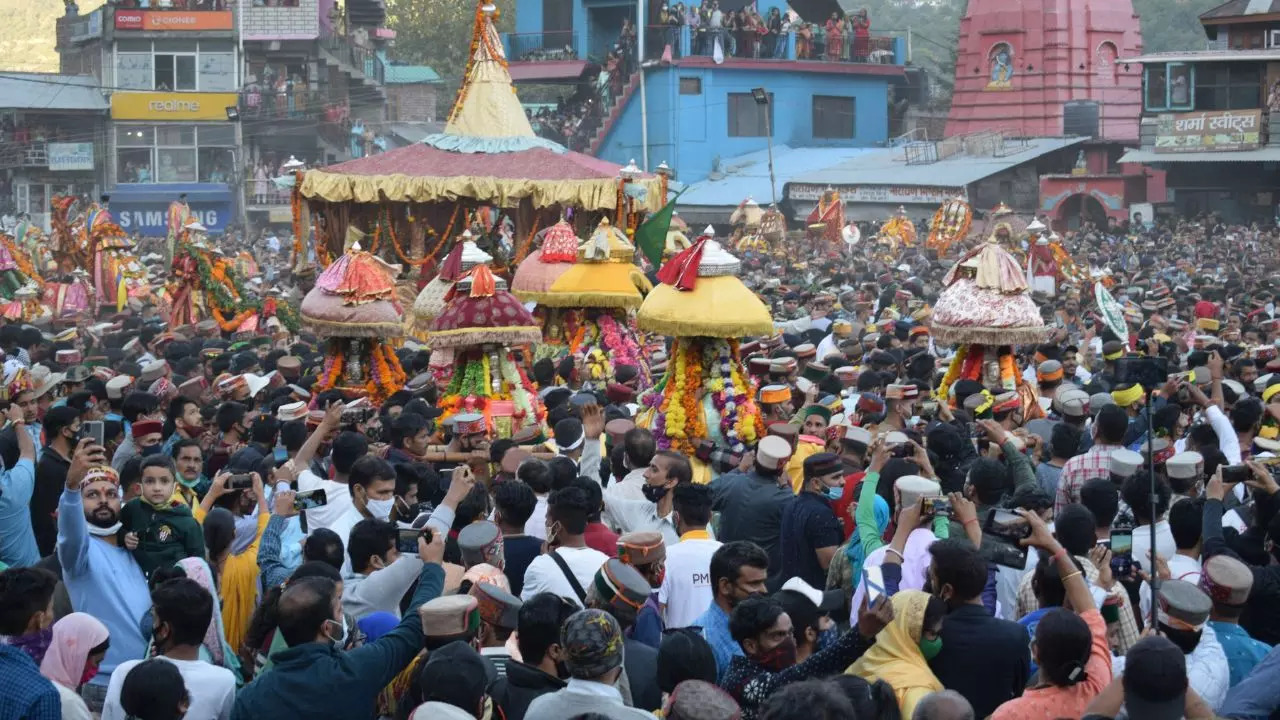From Navratri to Durga Puja, every region has its distinct and varied ways of honouring the divine, particularly during Dussehra. What sets the Kullu Valley's Dussehra festivities apart is its focus on worshipping Lord Ram instead of a goddess. With a spectacular rath yatra, vibrant mela, and lively dances, Kullu Dussehra, also called International Kullu Dussehra Festival, is a true celebration of the region’s heritage and venerates Lord Raghunath, the principal deity of Kullu Valley.
History of Kullu Dussehra The origins of Kullu Dussehra date back to 1637 during the reign of Raja Jagat Singh. According to legend, the king learned of a brahmin named Durga Dutt who possessed a bowl of pearls. When the king sent his men to retrieve the pearls, they mistreated Dutt, who vowed to deliver the pearls only when the king returned to the village.
Upon his arrival, Dutt locked himself and his family inside their home and set it ablaze, cursing the king for his greed. Haunted by the spirit of the deceased family, Raja Jagat Singh began to experience disturbing visions, seeing worms instead of rice and blood in his water tumbler. As word of his declining health spread, a bairagi known as Krishan Dutt (Pahari Baba) advised the king that he needed the blessings of Lord Ram.
In 1651, the king obtained an idol of Lord Ram from Ayodhya and established it in the Raghunathji temple in Sultanpur Kullu. Special priests were summoned from Ayodhya to perform the installation rituals, and their d.


















